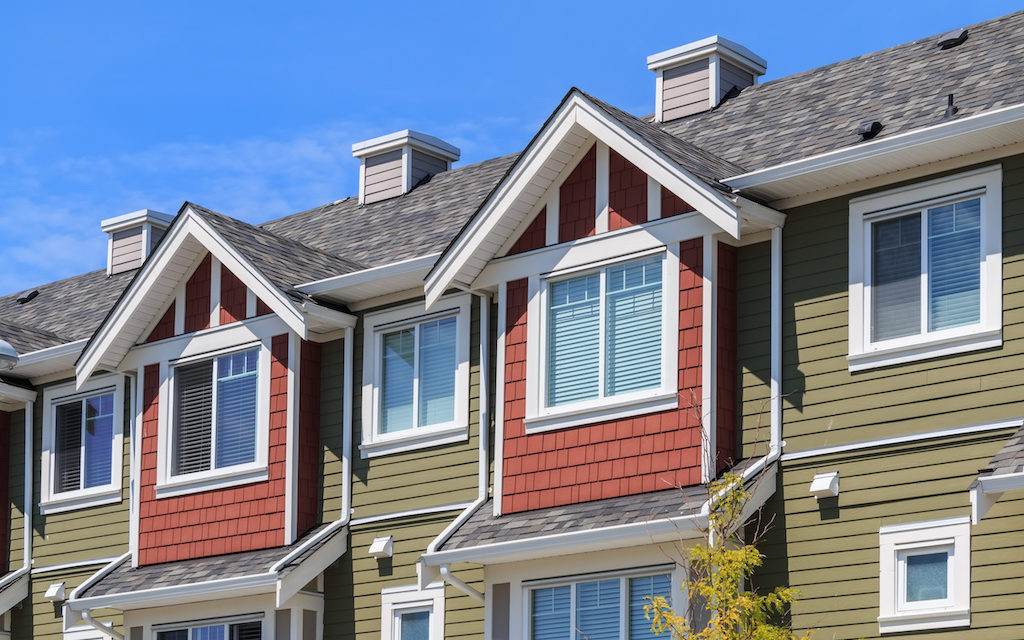The Greensboro Neighborhood Development Department released a report this week detailing fair housing complaint patterns in the city and the report is one of the first steps in developing a 10-year affordable Housing Plan to improve access to and the condition of affordable housing in Greensboro.
The Analysis of Impediments to Fair Housing Choice (AI) was created with input from residents and community partners and is now available for further input from the public.
Neighborhood Development Community Development Analyst Caitlin Bowers said, “The AI supports the need for a long term city-wide fair housing plan. It emphasizes major barriers that have historically blocked access to affordable housing in Greensboro, such as adequate housing, segregation practices, economic stability and lack of accommodation for person with disabilities.”
Mayor Nancy Vaughan and City Councilmember Michelle Kennedy spoke at the last City Council meeting about the need for an affordable housing bond. Kennedy said that the $25 million housing bond passed in 2016 was not for the type of affordable housing that Greensboro needs.
City Councilmember Sharon Hightower said that $25 million was not enough and at the time she had been in favor of a $35 million bond.
A summary of the impediments to fair housing in the report includes:
Certain Zoning Standards
Reasonable Accommodation
NIMBYism
Segregation
Access to Adequate Housing
Economic Stability
Immigrants’ and Refugees’ Needs
Disability
Special Circumstances
Supportive Housing
According to the report, this is how the report is supposed to be completed. “In 2015, HUD finalized the Affirmatively Furthering Fair Housing (AFFH) rule requiring HUD Community Planning and Development (CPD) funding recipients to complete an Assessment of Fair Housing (AFH) using a HUD created tool. Because the tools required to be used by recipients of federal funds have still not been finalized by HUD, the City of Greensboro is to continue to affirmatively further fair housing and assess fair housing issues through the use of the regulation that pre-existed that rule.”
In layman’s terms, that means HUD in 2015 said you have to follow this rule, but in the intervening four years HUD has been unable to figure out what exactly that rule is, so cities are required to keep doing things the same old way they were doing them before the new regulation requiring them to follow a rule that still doesn’t exist was passed.
If you’d like to read the full report it is available on the City of Greensboro website at https://www.greensboro-nc.gov/home/showdocument?id=44115

